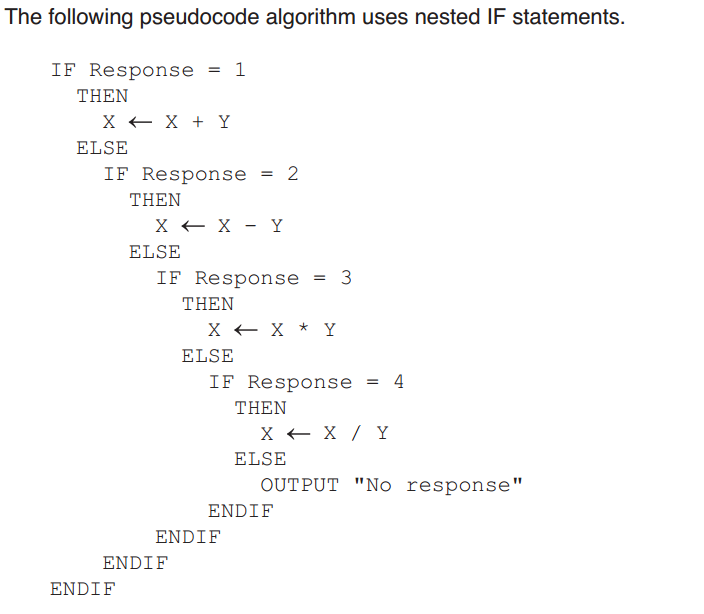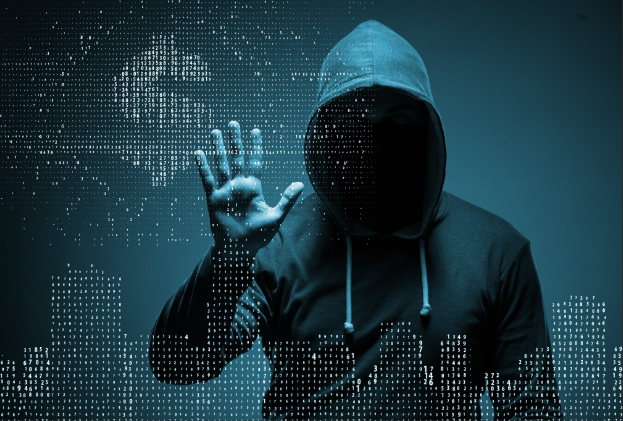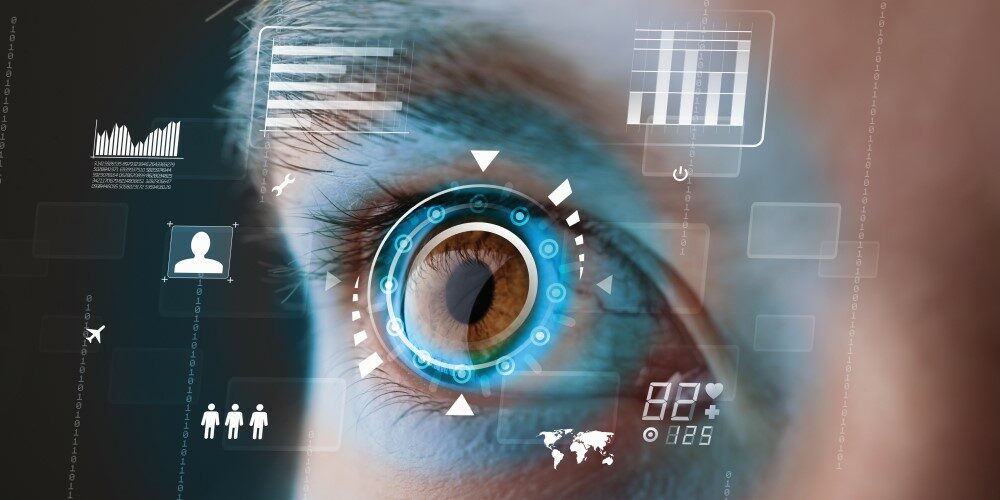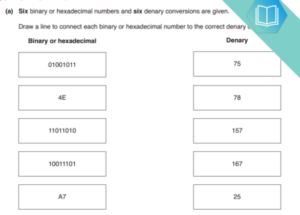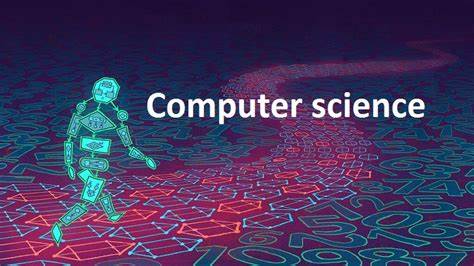Cybersecurity refers to the practice of protecting computer systems, networks, programs, and data from digital threats, attacks, or unauthorized access. It involves the implementation of measures and safeguards to ensure the confidentiality, integrity, and availability of information and resources.
The field of cybersecurity encompasses various strategies, technologies, and practices aimed at mitigating risks and vulnerabilities in the digital realm. Its primary goal is to safeguard digital assets, including sensitive data, personal information, financial records, intellectual property, and critical infrastructure, from unauthorized access, theft, damage, or disruption.
Cybersecurity involves a multi-layered approach that combines technical, procedural, and human elements to create a secure environment. It includes activities such as risk assessment, threat detection and prevention, incident response, vulnerability management, access control, encryption, network monitoring, security awareness training, and ongoing security updates.
With the rapid advancement of technology and the increasing interconnectedness of systems and devices, cybersecurity has become a crucial aspect of our digital lives. It helps individuals, organizations, and governments protect themselves against cyber threats, such as malware, phishing, ransomware, data breaches, identity theft, and other forms of cybercrime.
By implementing effective cybersecurity practices and staying informed about emerging threats and best practices, individuals and organizations can reduce the risks associated with operating in the digital world and ensure the confidentiality, integrity, and availability of their digital assets.
Find below 20 questions and answers on this.
- What is the definition of a firewall?
- What is the purpose of encryption in cybersecurity?
- What is a DoS (Denial of Service) attack?
- What is the difference between a virus and a worm?
- What is phishing?
- What does the term “zero-day vulnerability” refer to?
- What is the role of antivirus software?
- What is two-factor authentication (2FA)?
- What is the importance of regular software updates in cybersecurity?
- What is social engineering?
- What is a VPN (Virtual Private Network)?
- What is malware?
- What is the principle of least privilege (PoLP)?
- What is a brute force attack?
- What is the difference between symmetric and asymmetric encryption?
- What is a botnet?
- What is the purpose of a penetration test?
- What is ransomware?
- What is the difference between a vulnerability and an exploit?
- What is the role of incident response in cybersecurity?
Answers:
- A firewall is a network security device that monitors and controls incoming and outgoing network traffic based on predetermined security rules.
- Encryption is the process of converting information into an unreadable format to protect it from unauthorized access. It ensures that only authorized individuals can decrypt and access the information.
- A DoS (Denial of Service) attack is an attempt to make a computer or network resource unavailable to its intended users by overwhelming it with a flood of illegitimate requests or by exploiting vulnerabilities.
- A virus is a type of malware that requires user interaction or intervention to spread, whereas a worm is a self-replicating malware that spreads automatically without user intervention.
- Phishing is a cyber attack method where attackers impersonate legitimate organizations or individuals to trick users into revealing sensitive information, such as passwords or credit card details.
- A zero-day vulnerability refers to a software vulnerability or weakness that is unknown to the vendor or developers. Attackers exploit these vulnerabilities before a patch or solution is available.
- Antivirus software is designed to detect, prevent, and remove malicious software (malware) from computer systems. It scans files and programs for known patterns or signatures of malware.
- Two-factor authentication (2FA) is a security measure that requires users to provide two forms of identification, typically a password or PIN and a unique code or biometric authentication, to verify their identity.
- Regular software updates are crucial in cybersecurity as they often include patches or fixes for known vulnerabilities. By keeping software up to date, users can protect their systems from known exploits.
- Social engineering is a method used by attackers to manipulate individuals into revealing sensitive information or performing actions that compromise security. It often involves psychological manipulation and deception.
- A VPN (Virtual Private Network) creates a secure, encrypted connection over a public network, such as the internet. It allows users to access resources and transmit data securely as if they were directly connected to a private network.
- Malware is a broad term that refers to malicious software designed to harm, disrupt, or gain unauthorized access to computer systems or networks. It includes viruses, worms, ransomware, and more.
- The principle of least privilege (PoLP) is a cybersecurity concept that restricts user access rights to the minimal level required to perform their job functions. It helps minimize the potential damage from insider threats or compromised accounts.
- A brute force attack is a trial-and-error method used by attackers to crack passwords or encryption keys by systematically trying all possible combinations until the correct one is found.
- Symmetric encryption uses a single key for both encryption and decryption, while asymmetric encryption uses a pair of keys (public and private) for encryption and decryption, respectively.
- A botnet is a network of compromised computers (often referred to as “zombies” or “bots”) that are under the control of a malicious actor, who can use them to launch coordinated attacks or perform malicious activities.
- A penetration test, also known as a pen test, is a controlled simulated attack on a computer system or network to identify vulnerabilities and weaknesses. It helps organizations assess their security posture and improve defenses.
- Ransomware is a type of malware that encrypts files on a victim’s system, rendering them inaccessible, and demands a ransom payment in exchange for the decryption key.
- A vulnerability is a weakness or flaw in a system or software that can be exploited by attackers, while an exploit is the specific technique or code that takes advantage of a vulnerability to compromise a system or gain unauthorized access.
- Incident response in cybersecurity refers to the process of detecting, analyzing, and responding to security incidents or breaches. It involves containing the incident, investigating the root cause, mitigating the impact, and restoring normal operations.
Share love with others on
Like this:
Like Loading...
Related










